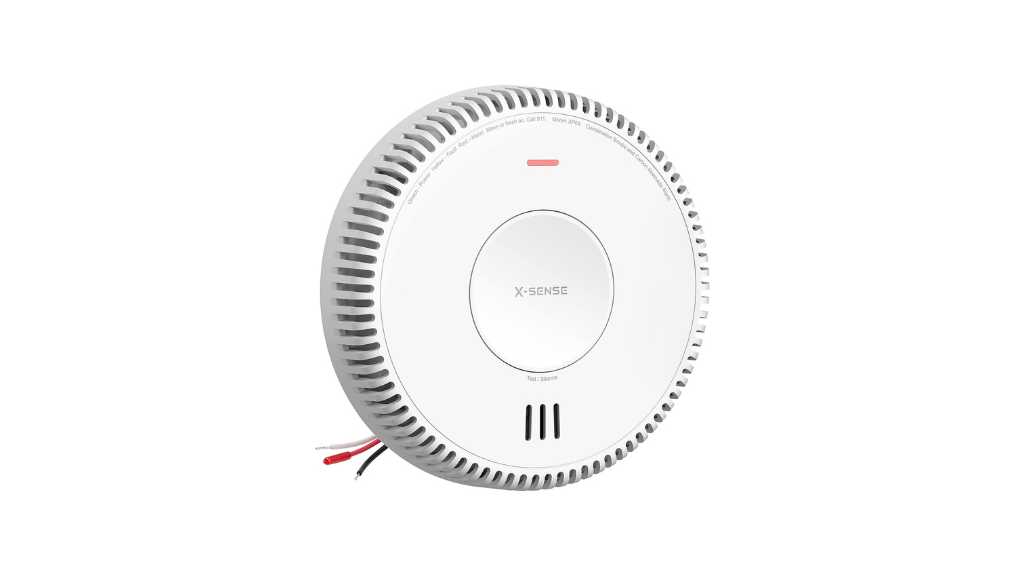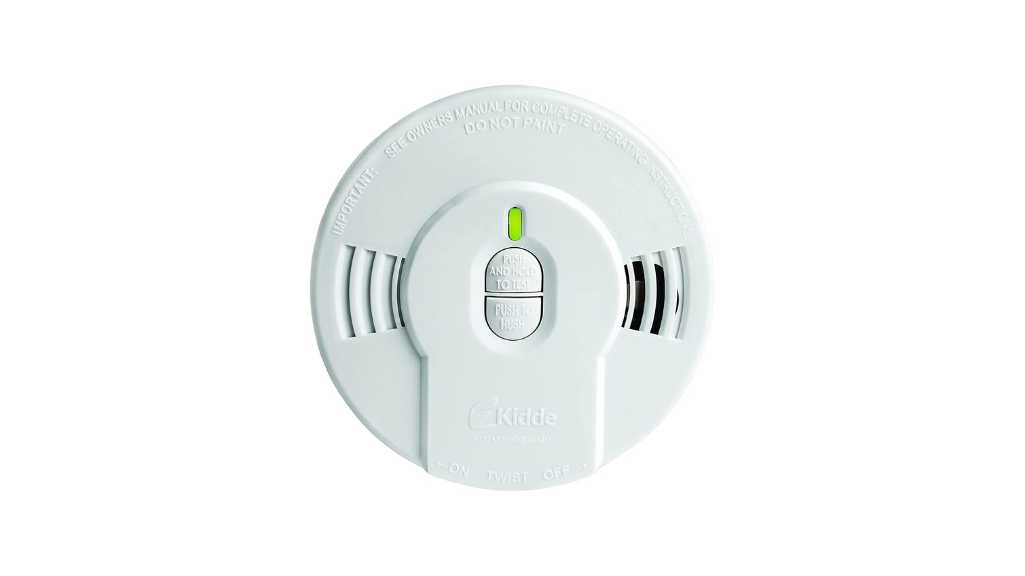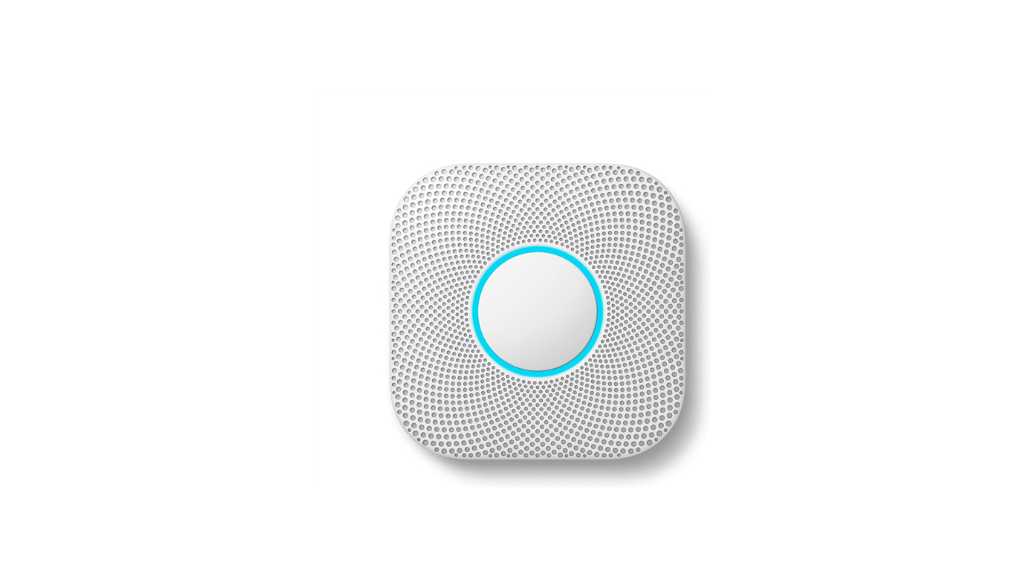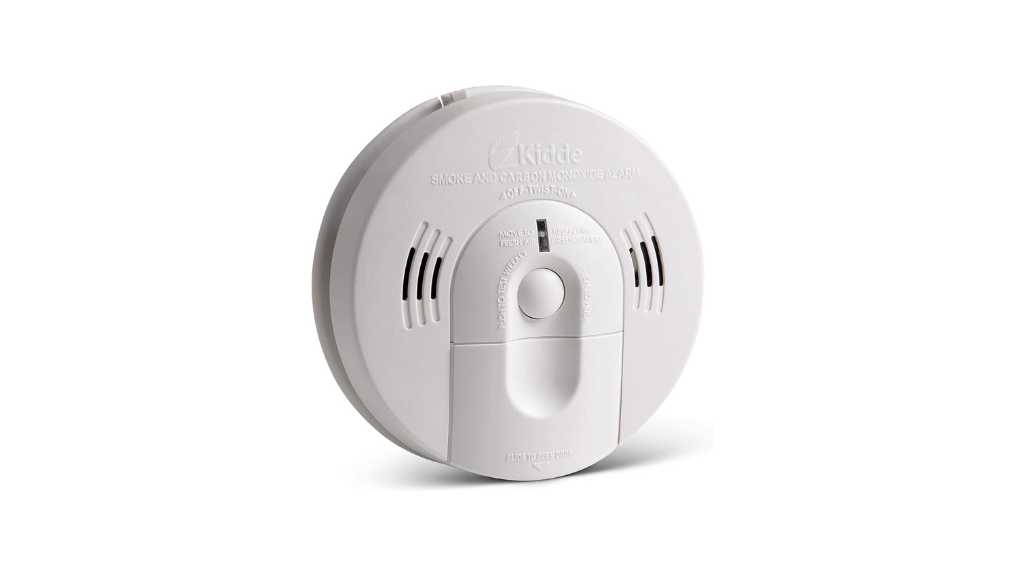Smoke detectors are essential devices that can alert you to potential fire hazards in your home or workplace. They can save lives and property by giving you enough time to react and evacuate. However, not all smoke detectors are created equal. In this article, we will help you choose the best smoke detectors for your needs based on their features, performance, and reliability.
Kidde Smoke & Carbon Monoxide Detector

Elevate home safety with the Kidde Smoke & Carbon Monoxide Detector. This dual-function unit combines smoke and CO detection, emitting an 85-decibel alarm and voice alerts for swift hazard notification. Its ionization sensor technology swiftly detects invisible fire particles, while an electrochemical sensor monitors CO gas levels. With a tamper-resistant design and front-load battery door, installation and maintenance are effortless.
Operating on 2-AA alkaline batteries, this detector ensures uninterrupted vigilance, even during power outages. Equipped with a Test-Hush Button, it simplifies testing and silences false alarms caused by routine activities. UL-listed and backed by a 10-year limited warranty, trust in its reliability for a decade of enhanced home protection.
Google Nest Protect Smoke Detector
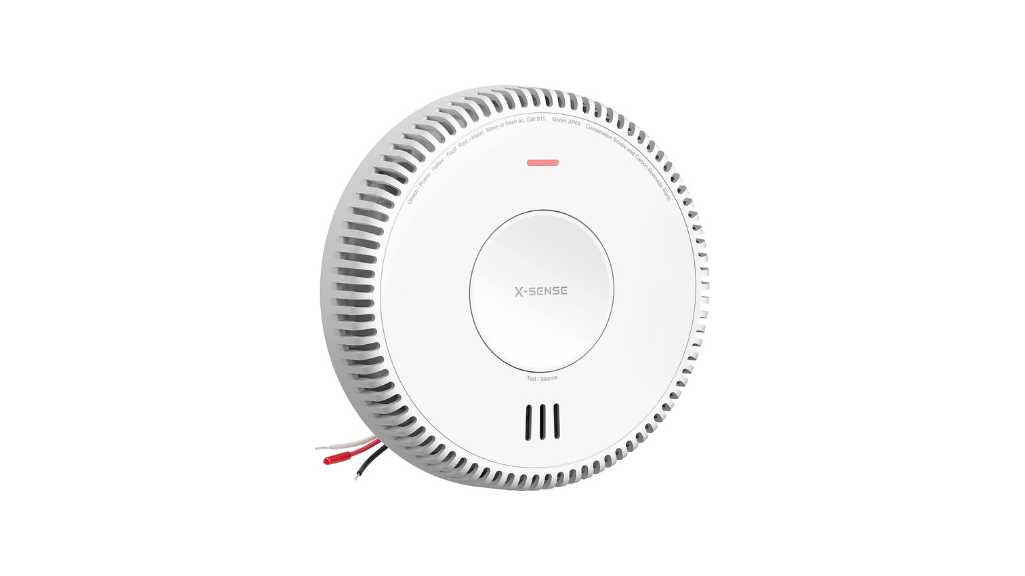
Elevate your home’s safety with the Google Nest Protect Smoke Detector. With its sleek design and intelligent features, this battery-powered device offers more than just traditional alarms. Its Split Spectrum Sensor detects both fast-burning and smoldering fires, guiding you with clear, friendly voice alerts to the source of danger. Plus, it’s equipped with a 10-year carbon monoxide sensor, ensuring continuous protection against this silent threat.
Stay connected and informed with phone alerts, app silence, and safety check features. Whether you’re at home or away, Nest Protect keeps you in the know, allowing you to hush alarms remotely and receive notifications on your phone. Invest in peace of mind and reliable, decade-long protection for your family and home with Nest Protect.
Kidde Smoke Detector
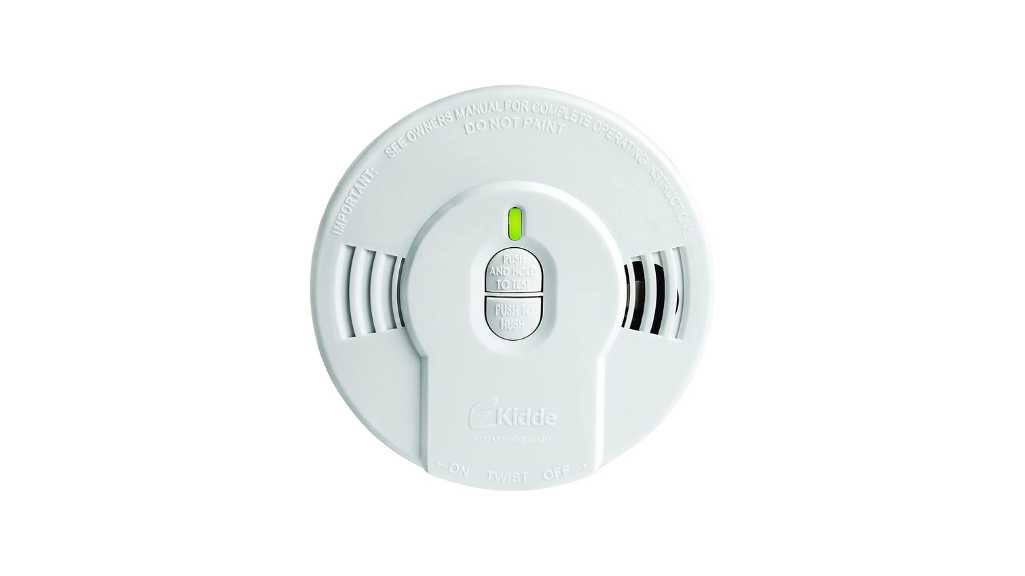
Elevate home safety with the Kidde Battery-Powered Smoke Detector. At just 1.55 inches in diameter and weighing only 9.92 ounces, this compact yet powerful device is designed to blend seamlessly into any room while providing reliable protection against smoke and fire hazards.
With ionization sensor technology, it swiftly detects invisible fire particles, triggering an 85-decibel alarm and flashing red LED to alert occupants. Its tamper-resistant design and 10-year lithium battery ensure hassle-free operation and longevity. The Test-Hush button allows for easy testing and silencing of false alarms, while the Replacement Alert ensures timely maintenance. UL Listed with a 10-year limited warranty, it’s a trusted guardian for years to come.
X-Sense Hardwired Combination Smoke Detector

Elevate your home safety with the X-Sense Hardwired Combination Smoke Detector. Crafted with advanced photoelectric and electrochemical sensors, it swiftly detects both smoke from smoldering fires and hazardous levels of carbon monoxide. Designed for reliability, this AC hardwired model includes a replaceable 9V battery backup, ensuring uninterrupted monitoring even during power outages. Interconnect up to 18 units for comprehensive coverage, ensuring that when one alarm triggers, all respond together, safeguarding your entire home. Installation is a breeze with the included mounting hardware, guaranteeing a quick setup in minutes.
Invest in premium quality for peace of mind. Built to last with high-quality materials and components, this hardwired combination alarm boasts a lifespan of up to 10 years. With its compact dimensions of 5.5 x 5.5 x 1.5 inches and a weight of 13.4 ounces, it discreetly integrates into any living space while providing robust protection against fire and carbon monoxide hazards. Prioritize safety without compromising convenience with the X-Sense Hardwired Combination Smoke Detector.
First Alert SA320FF Dual-Sensor Smoke Detector
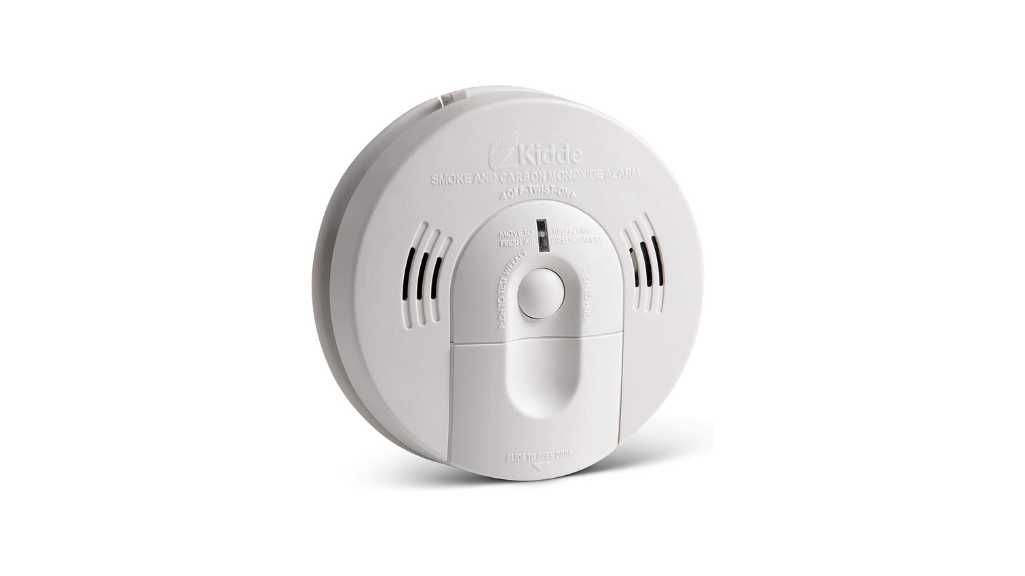
Elevate your home safety with the First Alert SA320FF Dual-Sensor Smoke Detector. Powered by Polaroid AA batteries, this sleek white alarm provides continuous monitoring without the need for rewiring, ensuring your family’s safety even during power outages. Its dual-sensor technology combines photoelectric and ionization sensors to swiftly detect both fast-burning and smoldering fires, offering comprehensive protection.
With a single test/silence button and an 85-decibel siren, this alarm is designed for simplicity and effectiveness. Place one on every level of your home and in each bedroom to ensure complete coverage. Trusted since 1958, First Alert remains the most reliable choice in home safety, offering peace of mind for you and your loved ones.
Best Smoke Detectors Buying Guide
When it comes to safeguarding your home and loved ones against the dangers of fire, smoke detectors are indispensable devices. They serve as an early warning system, alerting you to the presence of smoke, allowing you to take prompt action, and potentially saving lives. With a plethora of options available on the market, choosing the best smoke detector can be daunting. This comprehensive buying guide aims to simplify the process by highlighting key factors to consider before making a purchase.
Types of Smoke Detectors
Smoke detectors are primarily categorized into two types: ionization and photoelectric. Ionization smoke detectors are highly sensitive to flaming fires, whereas photoelectric smoke detectors are more effective at detecting smoldering fires. For optimal protection, consider purchasing a dual-sensor smoke detector, which combines both ionization and photoelectric technologies.
Power Source
Batteries, hardwired electricity, or both can be used to power smoke detectors. You can install smoke detectors that run on batteries without any hassle, and they will work even when the electricity is out. On the other hand, hardwired smoke detectors are interconnected, ensuring that if one alarm is triggered, all alarms in the network will sound simultaneously. Some models also come with backup batteries to provide continued operation during power failures.
Features and Extras
Look for additional features that enhance the functionality and convenience of the smoke detector. This may include features such as carbon monoxide detection, wireless connectivity for remote monitoring, voice alerts, and compatibility with smart home systems. Some models also offer long-term warranties and tamper-resistant locks to prevent unauthorized removal or disablement.
Installation and Maintenance
Ensure that the smoke detector you choose is easy to install and maintain. Battery-powered smoke detectors typically require regular battery replacements, so opt for models with easy-access battery compartments. Hardwired smoke detectors may require professional installation, especially if they are interconnected with other alarms in your home. Regardless of the type, regularly test your smoke detectors to ensure they are functioning correctly, and clean them periodically to remove dust and debris.
Regulatory Compliance
Check if the smoke detector meets the safety requirements and rules of the NFPA and UL. Look for certifications such as UL-listed or UL-certified to ensure that the product has undergone rigorous testing for safety and reliability.
Cost Considerations
While price shouldn’t be the sole determining factor, consider your budget when choosing a smoke detector. Prices can vary depending on the type, features, and brand. Keep in mind that investing in a quality smoke detector is a small price to pay for the peace of mind and safety it provides for you and your family.
Conclusion
Selecting the best smoke detector for your home involves considering factors such as the type of detector, power source, features, installation and maintenance requirements, regulatory compliance, and cost. By prioritizing safety, reliability, and convenience, you can ensure that your home is equipped with an effective early warning system against the threat of fire. Remember to regularly test and maintain your smoke detectors to ensure they remain in optimal working condition and provide continuous protection for years to come.
Frequently Asked Question
How often should I test my smoke detector?
Smoke detectors should be tested at least once a month to ensure they are functioning properly. Press the test button on the detector until you hear the alarm sound. If the alarm doesn’t sound, replace the batteries and test again. If it still doesn’t work, replace the detector.
What is the lifespan of a smoke detector?
Most smoke detectors have a lifespan of around 8–10 years. However, it’s essential to check the manufacturer’s instructions, as this can vary depending on the model. After the specified time, it’s recommended to replace the detector, even if it seems to be working fine.
Where should I install smoke detectors in my home?
Smoke detectors should be installed on every level of your home, including the basement and attic. Additionally, place detectors inside each bedroom and outside sleeping areas. Mount them on the ceiling or high on the wall, as smoke rises. Avoid installing them near windows, doors, or vents, where drafts could interfere with their operation.
Do smoke detectors detect carbon monoxide (CO)?
Not all smoke detectors detect carbon monoxide. While some models are designed to detect both smoke and carbon monoxide, others are solely for smoke detection. If you want protection against both smoke and carbon monoxide, look for a combination smoke and CO detector.
How often should I replace the batteries in my smoke detector?
Batteries in smoke detectors should be replaced at least once a year, even if the detector hasn’t beeped to signal a low battery. A good practice is to change the batteries when you change your clocks for daylight saving time. However, if your detector uses a non-replaceable battery, follow the manufacturer’s guidelines for battery replacement or detector replacement.

Mark is a seasoned Outdoor Equipment and Heating Appliances specialist. With a passion for adventure and a keen understanding of heating solutions, he brings expertise to the world of outdoor enthusiasts. Mark’s insights, gained through years of experience, make him a go-to resource for those seeking reliable guidance in navigating the realm of outdoor gear and heating technologies.


